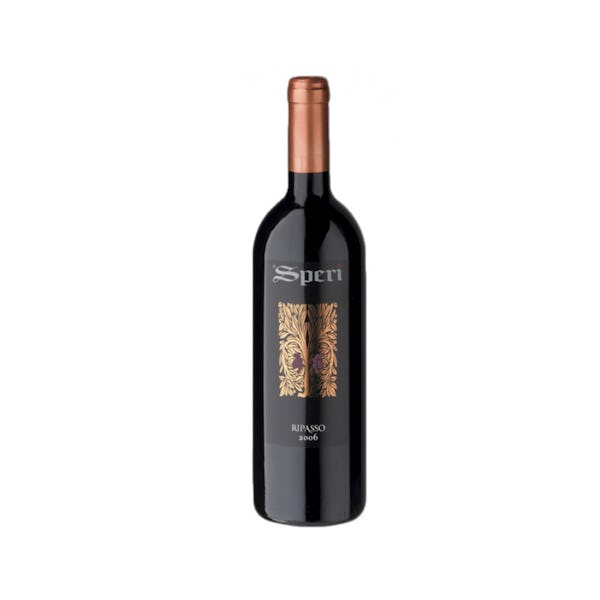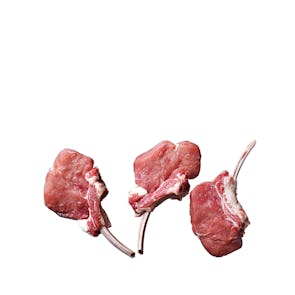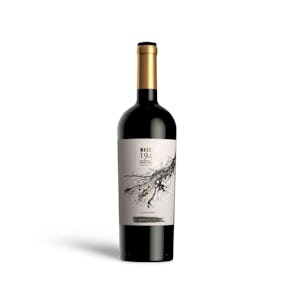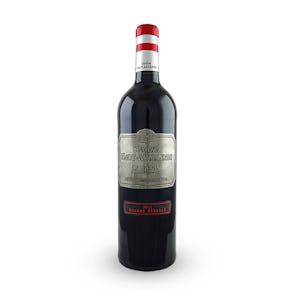3.9

TASTING NOTES FROM THE CURATOR
This wine received its own DOC in 2009 for the unique tasting notes it acquires by deviating from the Valpolicella Classico. After the first fermentation process, the Classico wine is pressed all over again with the skins of the Amarone (partially dried Valpolicella grapes). The result is a wine with an intense ruby color, with aromatic notes of spice, cocoa, and red fruit. It is warming on the palate, balanced by well-rounded tannins.
PAIRINGS
The Valpolicella Ripasso is sometimes called a California Cabernet drinker’s gateway to Italian wines because it draws out the umami flavor in food. Earthy risottos and mushroom-filled pastas pair well with a glass or three. It is also a trusty companion for hearty dishes like roasted veal or lamb, or braised or barbequed red meats like steak, sausage, and game. Ripasso also goes well with aged cheeses like Parmigiano-Reggiano.
A LAYERED NAME
Valpolicella is a grape from Veneto. At the same time, it is an all-encompassing name for five different wines—three of which have their own controlled designation of origin. Its name means “valley of river deposits” and because of this one product, the area has earned the name “pearl of Verona”. This was especially true in the 15th and 16th centuries, when the Turkish blockade around Venetian ports made the people of Italy focus more of their attention on local wines than those from abroad.
Taste Profile
Technical Sheet
Storage Instructions
Store unopened red wines in a cool, dry, and dark place safe from constant vibration. Keep your bottle horizontal in a wine rack or cellar to retain the moistness of the cork. The ideal temperature for storage is between 16 to 18°C. Once opened, a bottle will be good for 3 to 5 days standing upright in the refrigerator.






